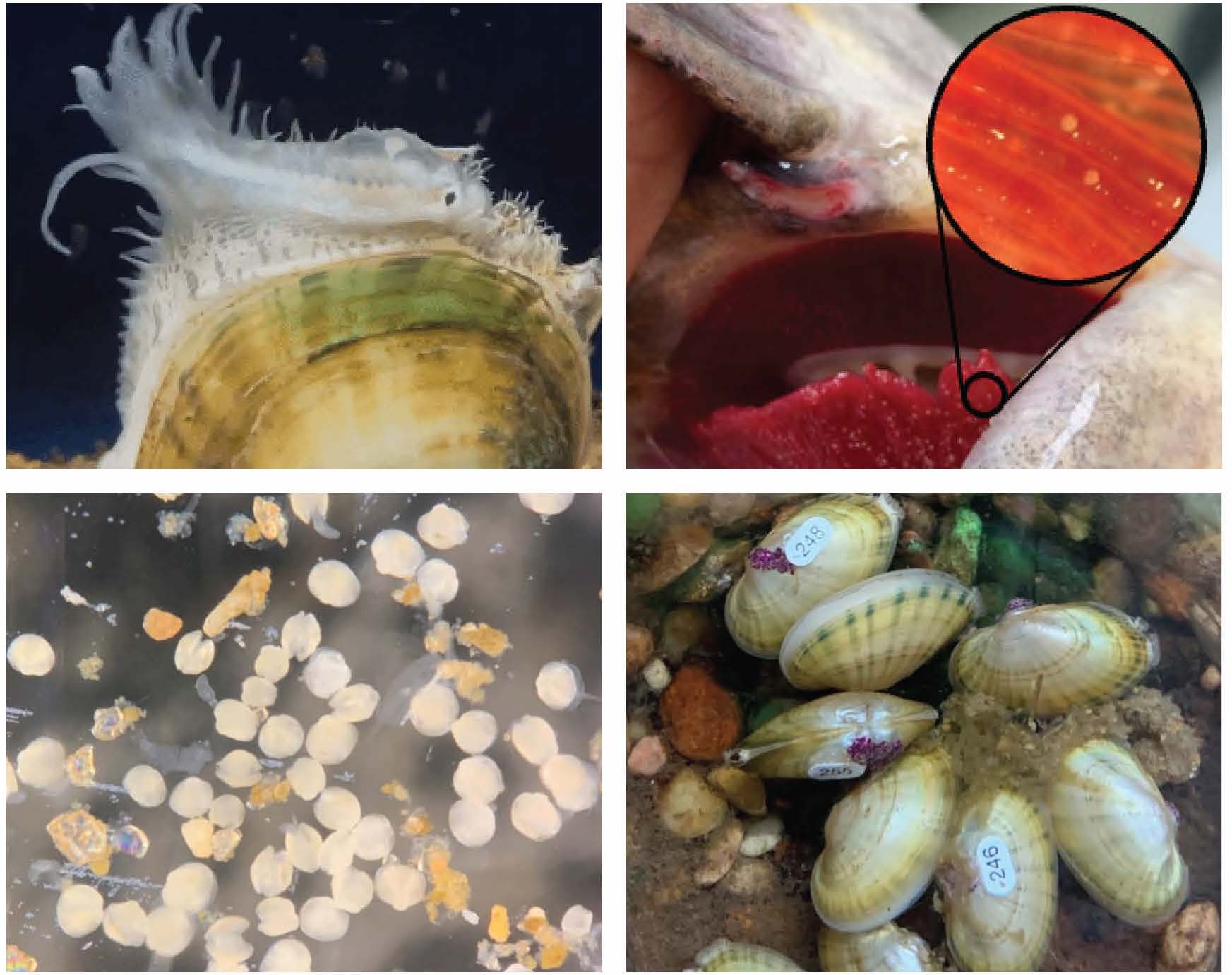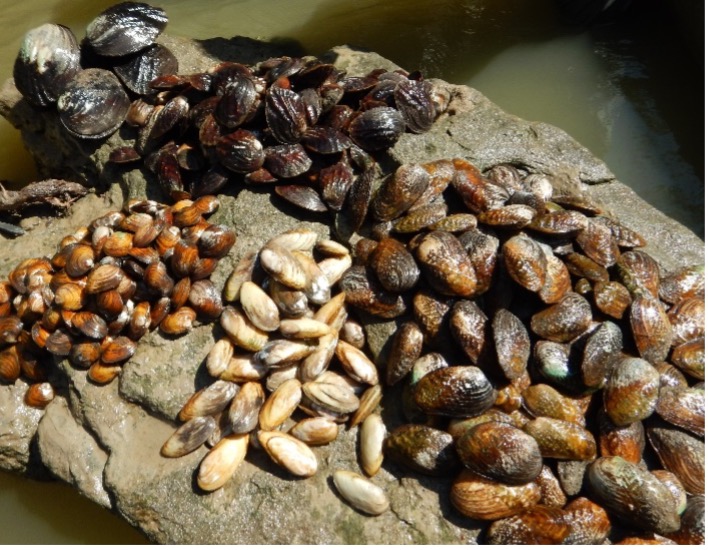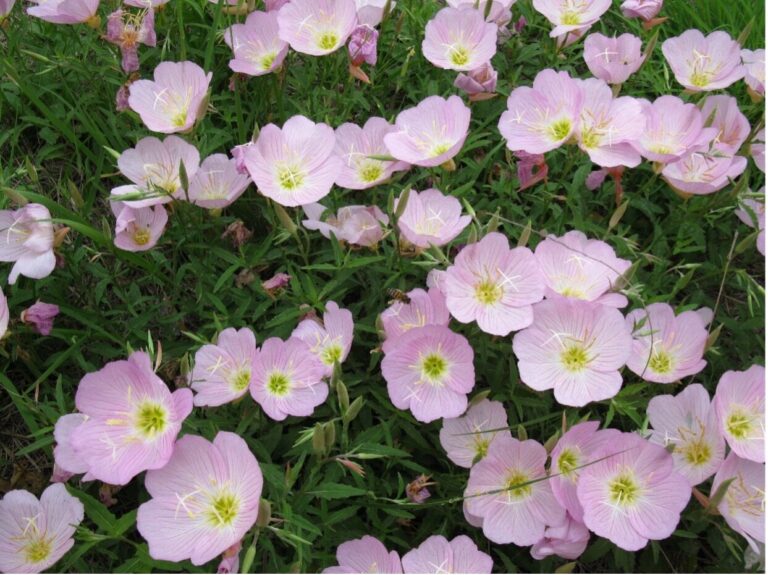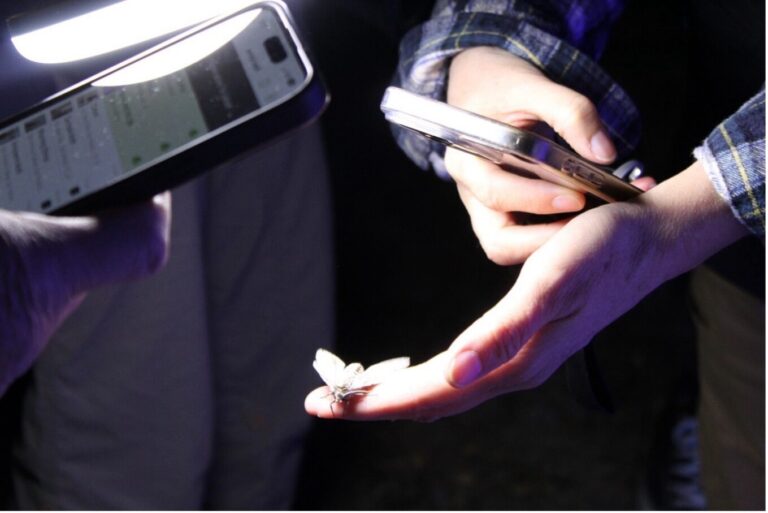Top left: A freshwater mussel filter feeds with its incurrent and excurrent apertures. Top right: Mussels recovered during a relocation event. Species include Yellow sandshell, Pistolgrip, Pimpleback, Threeridge, and Washboard. Bottom left: Mussels identified during a routine survey. Species include Pistolgrip, Rock Pocketbook, Threeridge, and Southern Mapleleaf. Bottom right: Washboard mussel recovered during a relocation event.
Freshwater mussels look unassuming – you might mistake them for river rocks! However, these animals are far more important to the San Antonio River than most of us realize. Freshwater mussels are filter feeders. This means they siphon in water, hold onto anything they can eat, and then expel cleaner water into the river. Some mussel species can filter 15 gallons of water per day, making the aquatic environment healthier for people and wildlife.
Mussels live in various habitats, from shallow riffles to deep pools and sediments ranging from giant boulders to very fine sand. They can be found worldwide, but many are in the United States. The U.S. contains approximately 1/3 of all the freshwater mussel species in the world (currently estimated at 1,000 unique species). Freshwater mussel lifespan can range dramatically from 10 to 50 years. However, some species can even outlast humans and live for over 100 years. Fun fact: scientists can determine the age of a mussel by counting the rings on its shell, just like counting rings on a tree!
How Mussels Benefit Our Ecosystems
Native freshwater mussels provide various benefits to our local ecosystems that we enjoy but do not have to pay for. We call these ecosystem services, and they are essential to the resiliency of creek and river habitats. For example, mussels serve as an indispensable food source for many animals, like fish and small mammals, including raccoons. They are also crucial for streambed stability. Mussels burrow into the sediment, serendipitously helping to keep particles in place when floodwaters rush through. Mussels also serve the ecosystem by filtering water containing organic (phytoplankton and diatoms) and inorganic (suspended sediments) particles, making it cleaner and clearer. Unfortunately, because mussels filter the water, they are highly susceptible to changes in water quality. A decline in mussel populations can point to water pollution problems.
The Amazing Lifecycle of Freshwater Mussels

Top left: A gravid female Texas fatmucket displaying her fish-like lure (Photo Credit: Bailey Gaines (USFWS)). Top right: Pistolgrip glochidia attached to a Flathead catfish’s gills. Bottom left: Freshwater mussels that just dropped off the gills of a fish. Bottom right: Propagated Texas Fatmucket with unique identification tags.
Freshwater mussels have a unique reproductive strategy. Female mussels release parasitic larvae known as glochidia onto a host fish’s gills, skin, or fins, where they attach and complete their life cycle. Complicating matters further, many mussels need a particular species of fish for their glochidia to successfully attach and metamorphose into free-living baby mussels, also known as drop-offs. Once these mussels drop off the host fish, they settle into the sediment to grow and produce offspring of their own.
Did you know some freshwater mussels lure fish to bite? That’s fin-tastic!
One of the most incredible things about freshwater mussels is they have developed different strategies to entice the host fish to ingest the glochidia. Some species of mussels extend a fish-shaped lure from the inside of their shell. This lure is equipped with an eyespot and tail fin that looks and swims remarkably like a fish!
If the right fish are not present in the river, the mussels cannot successfully reproduce. Fortunately, the San Antonio River is home to a diversity of fish species, allowing our native mussels many opportunities to attach and hitch a ride on a fish’s gills. River Authority biologists regularly perform surveys to document the fish in rivers and creeks. Check out our blog on the Mission Reach Intensive Nekton Survey to see what remarkable fish species are present!
Threats to Mussels
Freshwater mussels are faced with a variety of threats that make their survival difficult. One of these threats is decreased water quality and quantity. Decreased water quantity is caused when there’s not enough water in the river to support the aquatic organisms that rely on it. Water quality issues can be caused by sources of pollution.
How can you help the mussels? Trash is a significant pollutant in our river, so the best way to help is by throwing away your trash and picking up any litter you see. Don’t Let Litter Trash Your River!
Ready to make a difference? Take the Pledge – our freshwater mussels will thank you!
How is the River Authority helping our native mussels?
At the River Authority, biologists are actively working to improve the health of the Upper San Antonio River by reintroducing freshwater mussels that historically called the river home. In this effort, River Authority biologists are conducting various studies to ensure the success of the mussel reintroduction. Those studies include:
- Mission Reach Mussel Survivability Project (previous blog) – to determine if adult mussels can survive in the urban waters of the Mission Reach.
- Habitat Suitability Modeling – to determine the locations of suitable habitats for mussels within the Mission Reach.
- Inks Dam National Fish Hatchery Propagation – a partnership with the United States Fish and Wildlife Service to produce baby mussels for introduction into the Mission Reach of the San Antonio River Walk.
- Floating Basket Study – to determine the time it takes for mussels to reach size for reintroduction.
Stay tuned for the next blog where we discuss these exciting projects in more detail!
The River Reach is back!
River Reach is a quarterly, 12-page newsletter that is designed to inform the San Antonio River Authority’s constituents about the agency’s many projects, serve as a communication vehicle for the board of directors and foster a sense of unity and identity among the residents of Bexar, Wilson, Karnes, and Goliad counties.
If you wish to be placed on the mailing list for River Reach, please contact us or complete the form.





